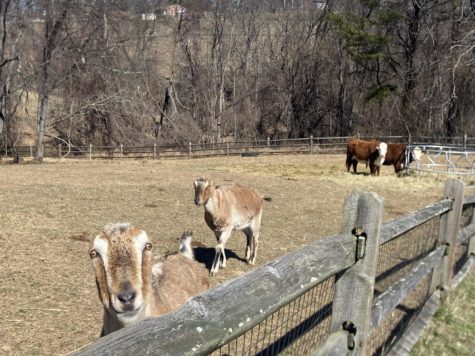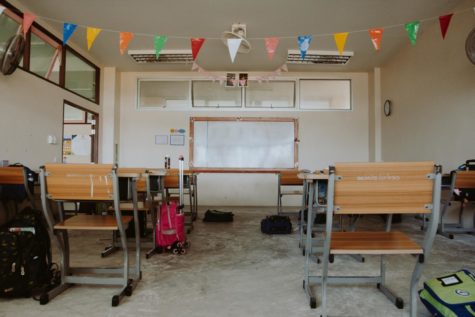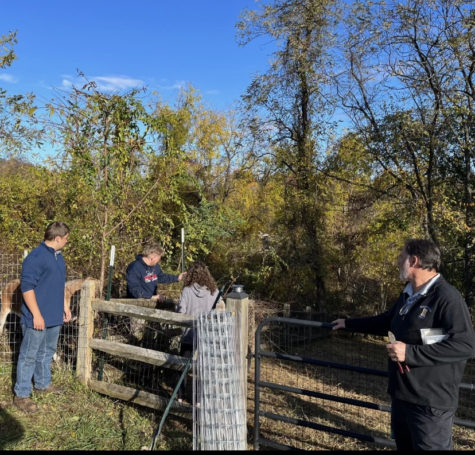Jira plans to top construction with traditional tree
Most people within the ’Zone and especially Hereford students already know about the construction going on here, but little know of the milestone that will be reached and commemorated. With the completion of building the frame for the new addition, a topping out ceremony will be held behind the school in a few weeks after students are back from the Winter Break, weather permitting.
“I worked construction in the summers while in college and some of the buildings we constructed were topped,” said Assistant Principal Joe Jira. “So I learned about the tradition back then.”
There are many reasons that a topping out ceremony may be held. Typically it shows that the building went up without any fatalities, and serves as a good luck charm for the building in the future.
Jira is planning a topping out ceremony after the completion of the steel frame addition. For the tradition of topping out, a tree will be “on the last beam” of the building, said Jira. “We will use a fir tree, like a pine, and it will be decorated in maroon.”
The tree will be placed so that it will be visible from the road and parking lot on the right side of the building. This will allow it to be seen while parents drop off their kids for school or as the busses pull in.
“I think it would be pretty cool and add Christmas spirit to the whole school,” said David Serra (10).
“I think [the ceremony] is a caring gesture that could be nice and show holiday spirit,” said Josh Brady (11).
Celebrating the construction of a new building is not a novel idea. Even as far back as 621 B.C. the Romans celebrated the completion of the Pons Sublicus (one of the earliest known bridges in Rome, Italy) by sacrificing humans to the gods. In ancient China, chicken blood was smeared on the doorposts of new buildings instead of human blood hoping to fool the gods and prevent them from being angry with the people for cutting down trees to make the building.
By 700 A.D. in Scandinavia an evergreen tree was used as a signal to begin celebrating the completion of a construction project. Nowadays, flags are sometimes used instead. When the American flag is used it can signify a building constructed with federal funds or a symbol of the American dream.
“We pretty much always do a flag,” said Scott Sellers, a foreman with Powell Steel located in Pennsylvania. “The tree is for the safety of the whole job. [An evergreen] is usually what they put up. It will go up with the last piece of steel.”
“I haven’t heard about [a topping ceremony] but I do know about it. I feel that it might have been on TV,” Cheraden Johnson (12) said. “It looks pretty” and it’s “a good idea at the holidays.”
“I thought [the tree is] a good idea because if we add some maroon to it what a great way to christen it and make it really a part of Hereford,” said Jira. “There is a lot of tradition around here and hopefully students will take pride in knowing we are trying to make this structure ours even before it is finished.”
“I think that it would be a cool idea and definitely show school spirit,” said Zoe Seitz (9).
“I’m not opposed to it,” said P.E. teacher John Walter. “I don’t know much about it. I think that if it’s a tradition I have no problem with it.”
This history of topping out has become a cherished tradition amongst carpenters, ironworkers, and steelworkers. A fir tree raised over a construction site symbolizes the birth of a new building that they were responsible for composing.
“I think that even regardless of a person’s religious affiliation they would have an appreciation for a lit Christmas tree,” said World History teacher, Peter Imhoff. “In a downtown area, when people gaze up and see a lit Christmas tree on a construction site, it makes them stop and put their busy life on hold for a moment and forces them to appreciate nature, beauty, and the magic of the Christmas season.”























